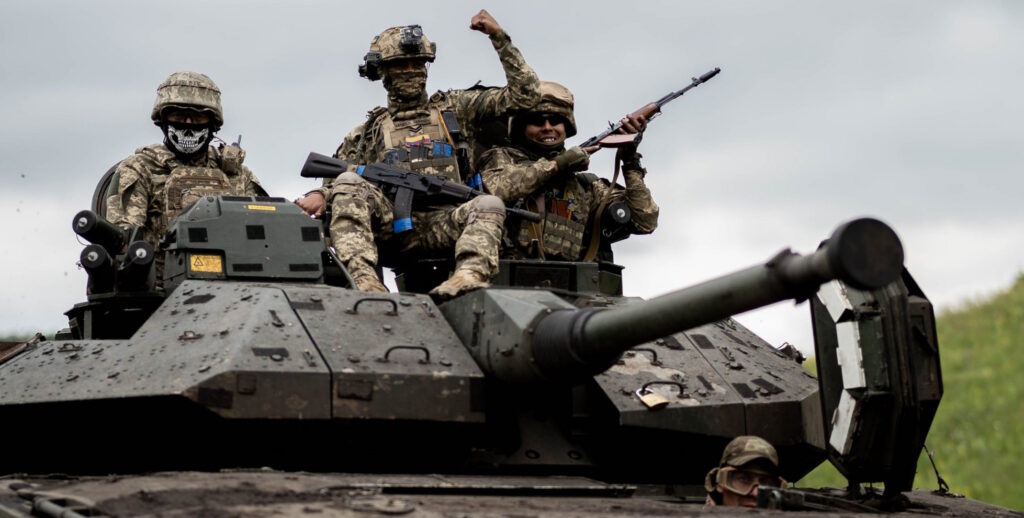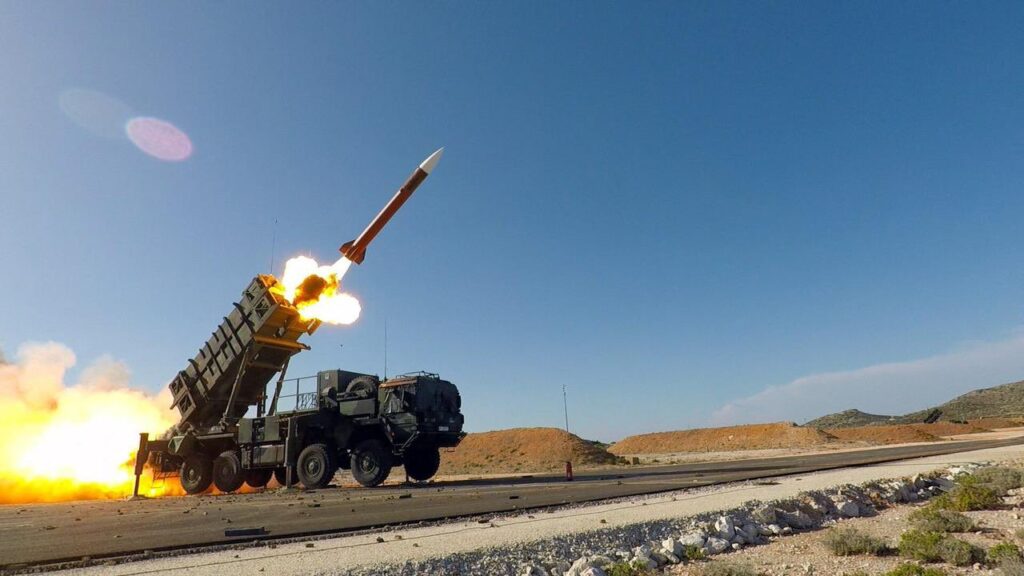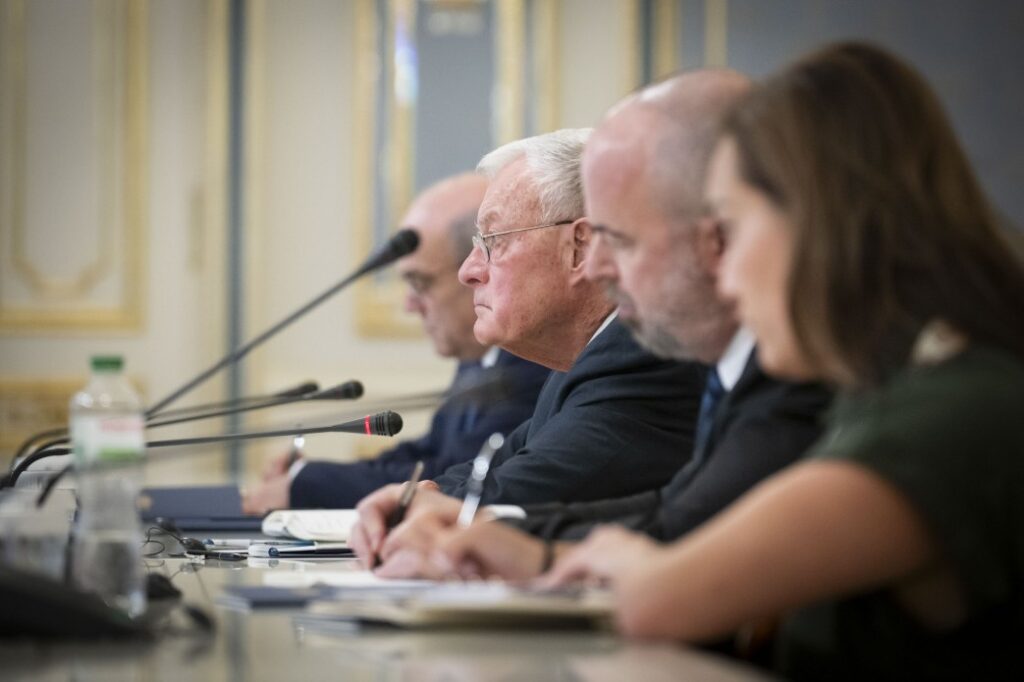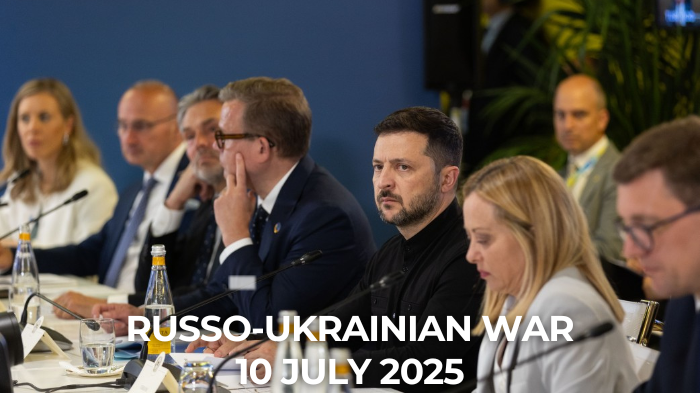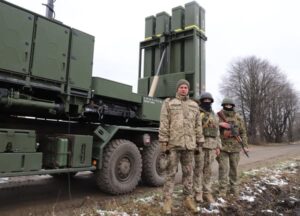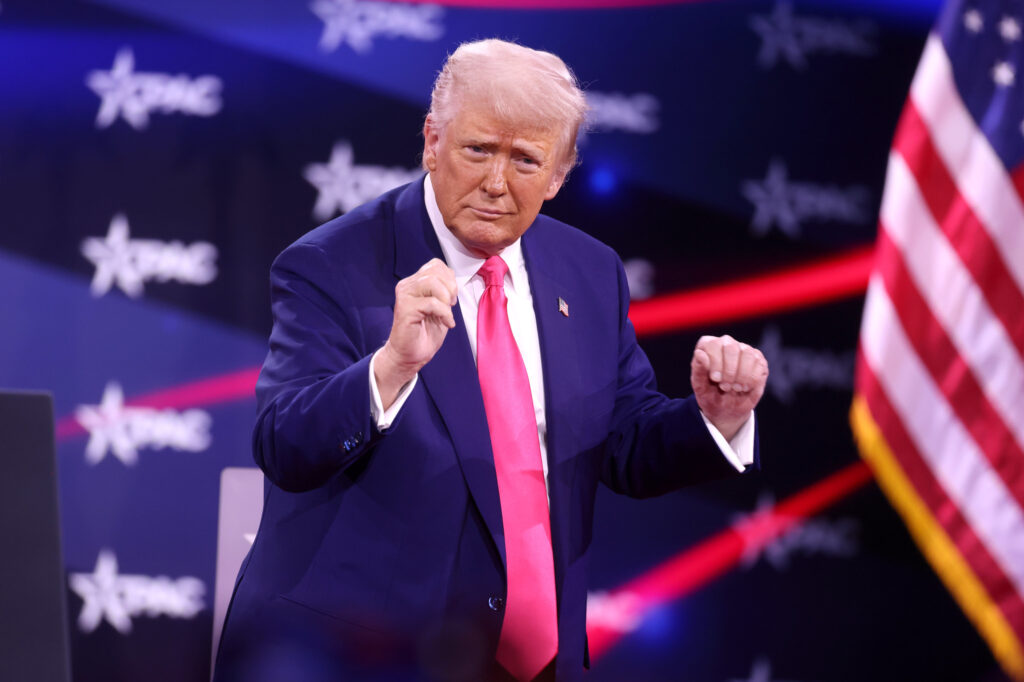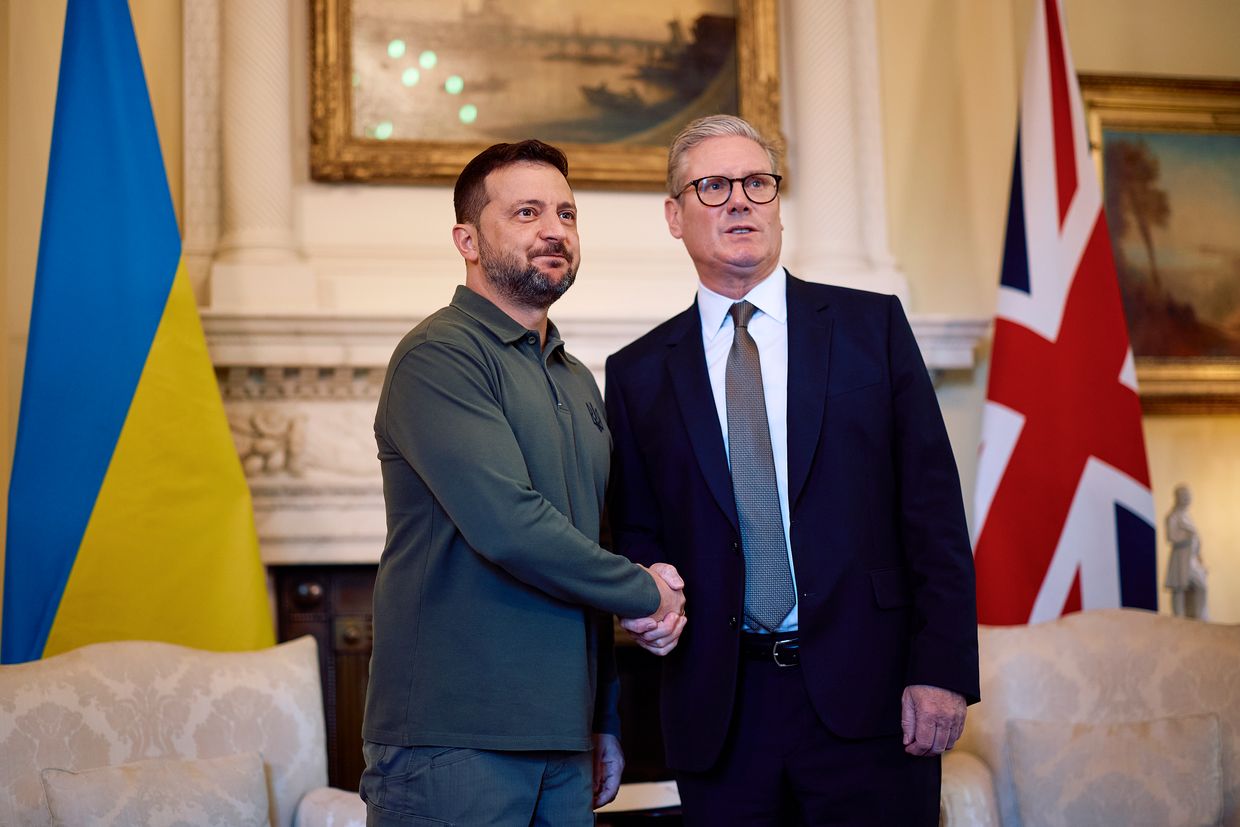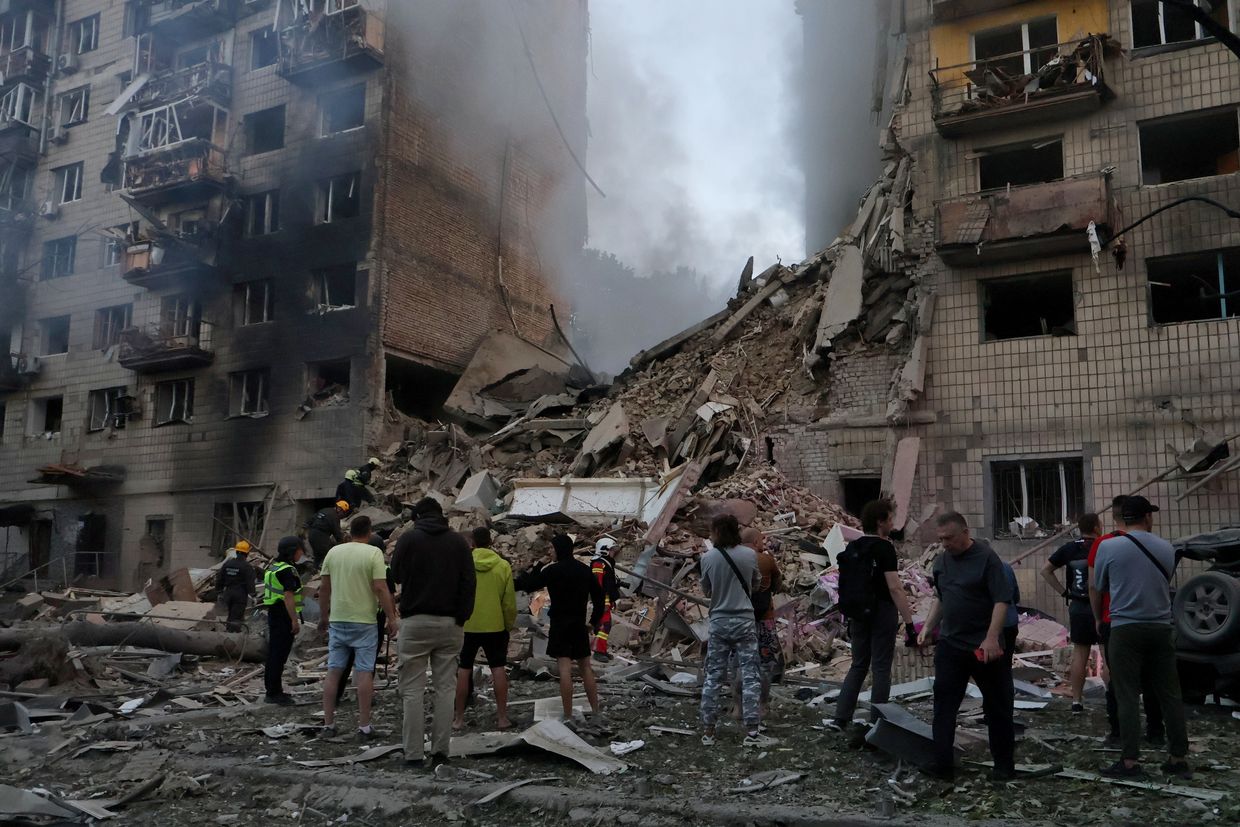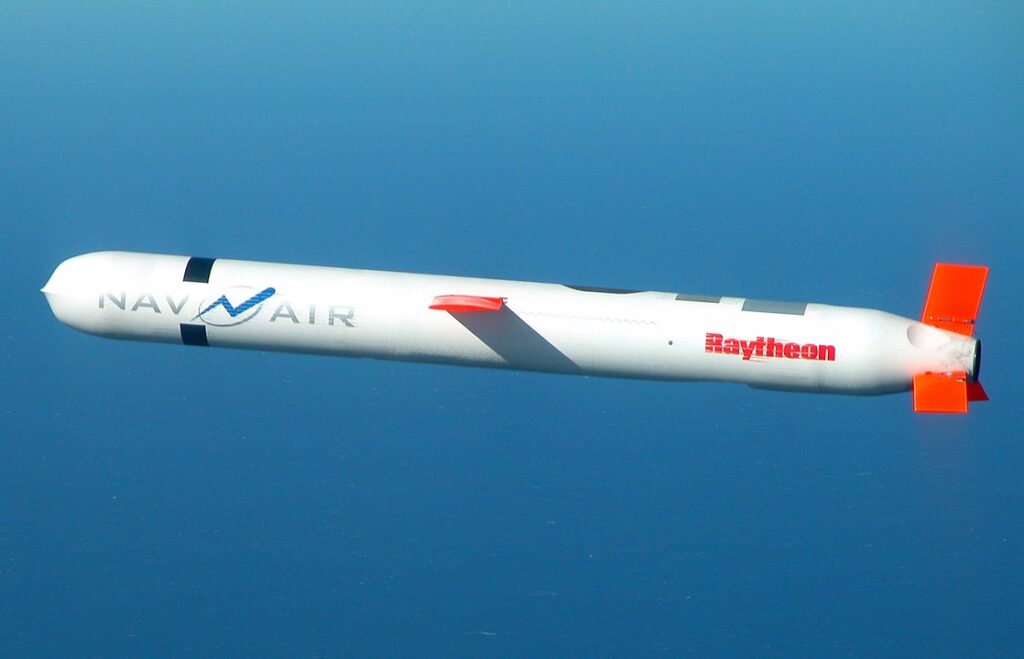
If the United States were to transfer long-range Tomahawk missiles to Ukraine, they would be difficult to deploy, as Ukraine does not have strategic aircraft from which to launch them, according to a Ukrainian military intelligence official.
This marks a shift from Trump’s previous position of providing only defensive support and comes as he grows increasingly critical of Putin’s strategy and unwillingness to negotiate peace, even threatening severe tariffs if Russia does not seek peace within 50 days.
Major General Vadym Skibitskyi, deputy head of Ukraine’s military intelligence agency HUR, told reporters that Tomahawk missiles are “not easy to use” and require either combat ships or strategic bombers as launch platforms.
“We don’t have any strategic bomber aircraft,” he acknowledged, according to The Guardian.
The deployment reality emerged as Ukraine waits for details about Trump’s 14 July promise of “billions of dollars” in military aid. Speaking alongside NATO’s Mark Rutte, Trump announced a “very big deal” where European allies would buy American weapons and ship them to Ukraine.
But what exactly did Trump promise? Even Ukrainian intelligence isn’t sure.
“We don’t know exactly,” Skibitskyi admitted about Trump’s offer of “17 Patriots.” The number could mean interceptor missiles, launch stations, or complete battery systems.
Ukraine currently operates six functioning Patriot batteries. Each system includes six launchers. Germany promised two systems, the Netherlands one more. That’s 18 launchers across three batteries—close to Trump’s figure of 17.
“Seventeen is a huge number if we are talking about batteries,” Skibitskyi said. “If it’s launchers, that’s possible.”
Tomahawk missiles can reach Moscow
The discussion of Tomahawk missiles stems from a 4 July phone call between Trump and Ukrainian President Volodymyr Zelenskyy, during which Trump asked if Ukraine could strike Moscow and St. Petersburg.
Zelenskyy replied: “Yes, absolutely. We can if you give us the weapons.” However, Trump stated on Tuesday that Ukraine should not target Moscow.
Ukraine strikes deep inside Russia to stop the relentless bombing of its cities. By hitting airfields, weapons factories, and drone launch sites, Ukraine aims to cripple Russia’s ability to launch the massive missile and drone attacks that have killed record numbers of Ukrainian civilians.
The precision cruise missiles have a range of 1,600 kilometers (994 miles) and are capable of reaching the Russian capital. Previous Ukrainian requests for Tomahawks were rejected by the Biden administration, and the Trump administration has not agreed to provide them.
How important are these missiles to Ukraine? Important enough that Zelenskyy included them in the classified section of his Victory Plan. When media reports revealed this detail, Zelenskyy expressed frustration, stating that “this means there is nothing confidential between partners.”
The Washington Post reported earlier that Trump was considering providing long-range Tomahawk missiles to Ukraine. However, the US has decided not to do so for now.
Ukraine needs approval for deep strikes inside Russia with western weapons
Despite the deployment challenges, Skibitskyi emphasized the importance of Ukraine’s ability to conduct strikes deep inside Russia against military targets. He said discussions continue with Washington about lifting restrictions on ATACMS missiles, which have a 300-kilometer (186 miles) range and are currently limited to use in Russian-occupied areas of Ukraine rather than Russian territory.
“It’s very important for us to get approval from the US to use long-range missiles,” Skibitskyi said. “We want to destroy and to disrupt, in accordance with NATO procedure.”
The Washington Post reported on 15 July that the Trump administration was likely to allow ATACMS to be used inside Russia at full range and was considering sending additional missiles.
Why does range matter? Russia moved its strategic bases beyond 500 kilometers (310 miles) from Ukraine’s border. Ukrainian kamikaze drones can reach them but carry only 50 kilograms of explosives compared to ATACMS’ 500-kilogram payload.
Following Trump’s announcement, Denmark, Sweden, and the Netherlands expressed interest in participating in the plan for Europe to purchase US weapons for Ukraine.
Zelenskyy also described having a “really good conversation” with Trump about achieving “lasting and just peace” and stopping Russian bombardment of Ukrainian cities.
Russia says it doesn’t care about Trump’s threats
Politicians in Kyiv have welcomed the improved relations with the US, though some expressed frustration that US tariffs and secondary sanctions on Russia have been postponed again, with Trump setting a 50-day deadline.
Meanwhile, Russian officials dismissed Trump’s threats, with former president Dmitry Medvedev writing on X that “Russia didn’t care” about what he called Trump’s “theatrical ultimatum.”
Russian President Vladimir Putin has not publicly responded, reportedly evaluating how to shape the narrative to avoid escalation in September.
You could close this page. Or you could join our community and help us produce more materials like this.
We keep our reporting open and accessible to everyone because we believe in the power of free information. This is why our small, cost-effective team depends on the support of readers like you to bring deliver timely news, quality analysis, and on-the-ground reports about Russia's war against Ukraine and Ukraine's struggle to build a democratic society.
Become a patron or see other ways to
support.
